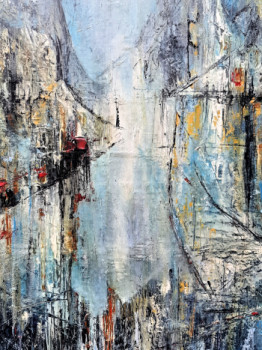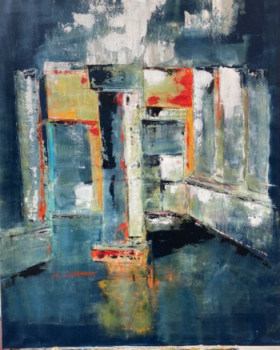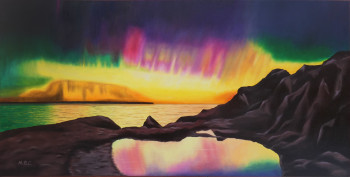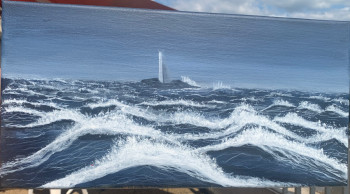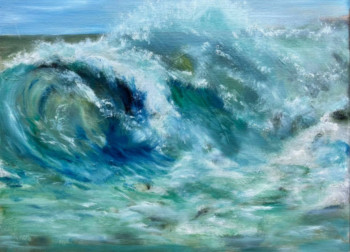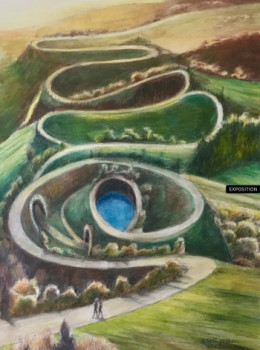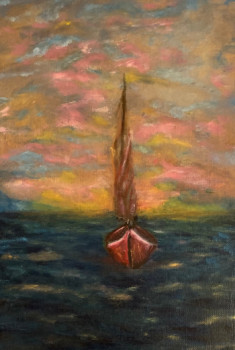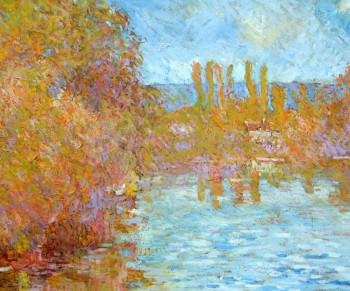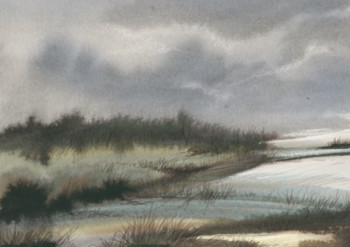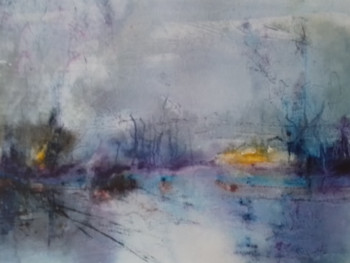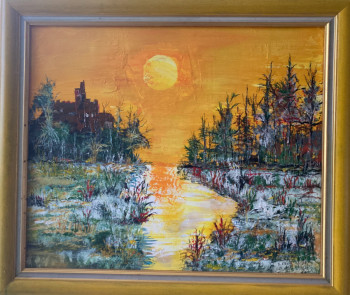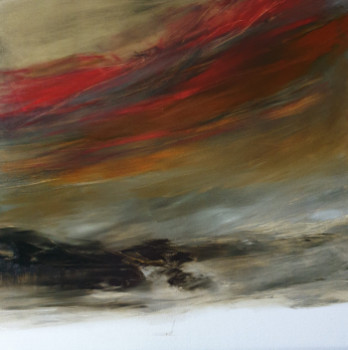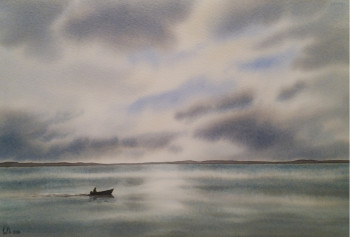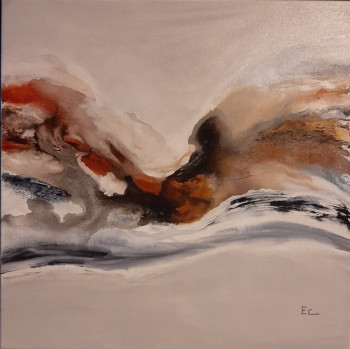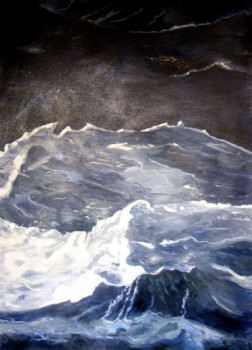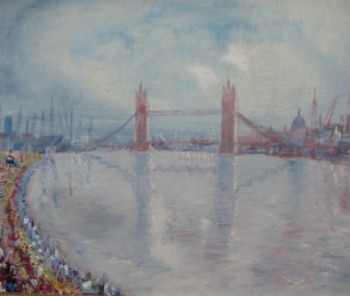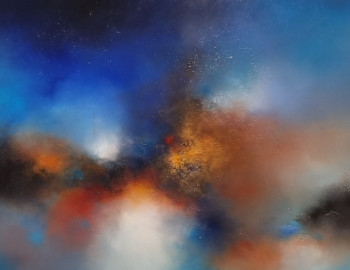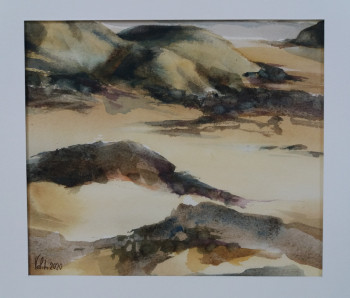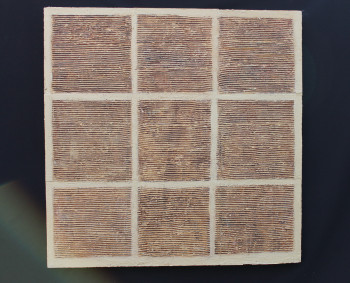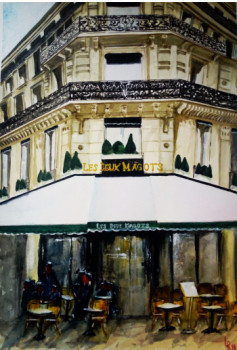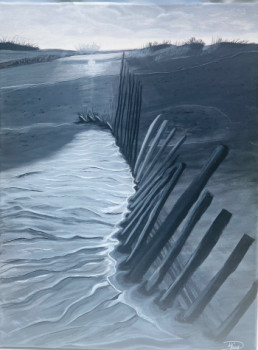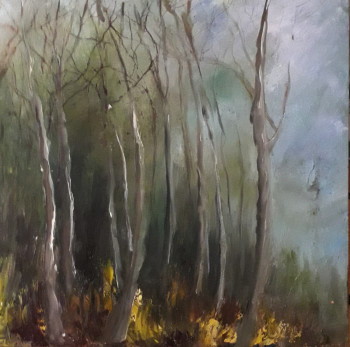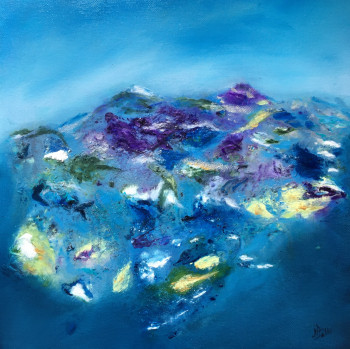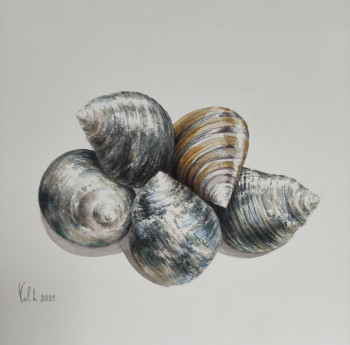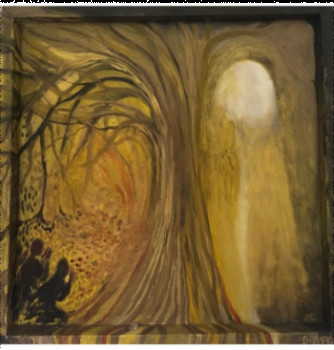
William Turner: painter of light, precursor of impressionism
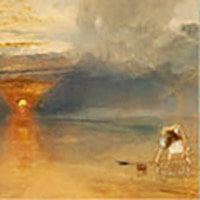
Joseph Mallord William Turner, painter from the end of the 18th century, is a watercolorist, oilist and engraver, specialist in landscapes and seascapes, many of which, through their blur and luminosity, announce Impressionism.
Birth, childhood and youth
William Turner was probably born in on April 23, 1775 at 21, Maiden Lane at London near St. Paul's Cathedral. He was baptized on May 14 of the same year in the Covent Garden district of London. London.
He was the son of a barber and wigmaker named William Turner. His mother Mary Marshall suffered from psychological problems, particularly after her premature death. of his daughter Mary Ann, younger sister of William. William Turner's mother was subsequently interned and died in 1804.
Despite these circumstances, William Turner's childhood went well and the pred. disposes of pictorial art: the Covent Garden district, where it grows, is in fact frequent; by many painters.
When he was ten years old, William went to live abroad. Brentford, at west of London, at his mother's brother's house. It’s Brentford that William sets out to draw. At the age of eleven he followed his uncle to Kent and continued to travel. draw. His father, at London, exhibits his son's work in his shop and manages to achieve success. sell them.
Beginnings and training
William's father gets his son hired by an engraver in Covent Garden. Then at At the age of 14, William Turner became a designer for an architect. At this time, Turner took technical drawing lessons (perspective, architecture) with Thomas Malton.
The same year, 1789, William Turner entered the studio. the Royal Academy. William Turner met Joshua Reynolds, painter and then president of the institution. During the summer 1789, William exhibited his watercolors in Paris. the Royal Academy. His talent was quickly noticed; and in 1793 he received the distinction « Greater Silver Palette » of the Royal Academy.
Three years later, William Turner exhibited his first oil painting, entitled "Fishermen at Sea", in Paris. the Royal Academy: it is a navy, a subject which greatly inspired Turner, which is striking for its academic rigor, extremely figurative and realistic, as well as for its mysterious, almost ghostly. Throughout his career, Turner regularly exhibited at large exhibitions. the Royal Academy.
Consecration
His early talent and his paintings of landscapes and seascapes allow him to explore William Turner quickly gained notoriety. and recognition. In 1802, at at the age of 27 to Afterwards, he became a royal academician. He obtained sufficient funding to visit Europe and thus find other sources of inspiration. Two years later, William Turner was able to open his art gallery in New York. London to sell his works.
At the age of 32 he became a professor at the university. the Royal Academy, where he was a student and a frequent participant in exhibitions. This stability professional ensures her good income which allows her to settle comfortably.
Influences and technique
William Turner was inspired by by 17th century painting: the French painters Claude Gellée known as Claude le Lorrain and Nicolas Poussin, but also the Dutch painter William van de Velde and his compatriot Albert Cuyp. From their influence he gained a taste for landscapes, seascapes and also portraits.
Turner began his apprenticeship with engraving and drawing, before trying his hand at painting. watercolor then oil.
His technique, very free, did not hesitate to experiment. mix different processes and materials, watercolor and oil, but also beer and macerated tobacco. which he applied to his canvases.
Major works
- The Battle of Trafalgar
This very large canvas, produced between 1822 and 1824, is freely inspired by the Battle of Trafalgar. Freely, because it combines various episodes of the combat, such as the sinking of the ship Le Redoutable or the destruction of the mast of the ship HMS Victory, without respecting the chronology.
- The Last Voyage of the Bold
This painting is the most famous painting by the painter William Turner. It was exhibited for the first time in 1839 in Paris. the Royal Academy. It depicts the journey of this ship, used during the Battle of Trafalgar, towards Rotherhithe, where it was destroyed.
- The burning of the House of Lords and Commons
Created in 1835, this painting depicts an event attended by William Turner. from a boat. The painting surprises with its realism but also with its subtle color gradations, heralding the blurring and fading of impressionism.
- The Slave Ship
This painting, created in 1840, is the most politically engaged by the painter William Turner. It was created by the artist at the time when Great Britain had just abolished slavery in 1833. The scene takes place against a backdrop of the setting sun with its tints. both dazzling and mixed which also obviously prefigure the impressionist movement of the end of the 19th century.
End of life and death
William Turner, a Londoner at heart, never left this city. He withdrew, the end of his life in a small street in Chelsea to lead a discreet life. He died there on December 19, 1851 of cholera. He is buried in the crypt of Saint-Paul Cathedral.
Postés
Although it was influenced by by the great masters of landscape such as Lorrain and Poussin, Turner announces in many aspects, in addition to impressionism, abstract art. This is particularly the case with some of his most famous paintings. more ethereal works like "Rain, Steam and Speed: The Great Western Railroad".
In his will, Turner bequeathed all his works ;works the British state. They were inventoried and classified by John Ruskin, executor of Turner's will, then exhibited at the gallery. the Tate Gallery, now called Tate Britain.
Découvrez quelques oeuvres inspirées de Turner
